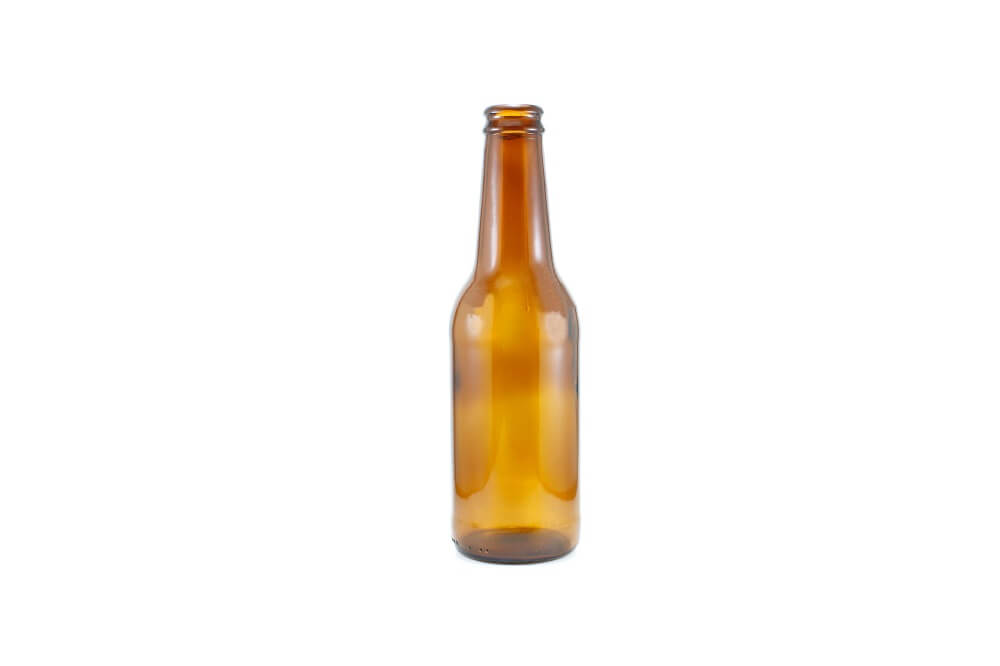
Trade mark in a bottle? The General Court is “sending out an S.O.S.” to future applicants
General Court of the EU – T-862/19 – Brasserie St Avold vs. EUIPO – November 25, 2020
Pursuant to Article 4 of Regulation (EU) 2017/1001 (“EUTMR”), the shape of goods or their packaging may constitute a European Union trade mark, provided that such sign is capable of distinguishing the products of one undertaking from those of other undertakings.
Pursuant to Article 7(1)(b) EUTMR, trade marks that are devoid of any distinctive character are excluded from registration.
What if, then, a subject sought protection for a bottle characterized by a particular label affixed to it? In the case at issue, the General Court of the EU denied such registration, providing an in-depth analysis of the rules and principles on the matter.
On March 16, 2018, the French company “Brasserie St Avold” filed an EU trade mark application for a 3D shape of a bottle featuring a triangle-shaped label placed on it, as shown in the image below:

As the EUIPO refused the registration, the French applicant brought an action before the General Court claiming – among the other things – that:
- the trade mark solely consisted of the label specifically placed on the bottle, without such bottle being part of the requested sign;
- a previous decision of the General Court (T-313, our comment on which can be found here) had stated that – in the food sector – undertakings have a strong incentive to make their products identifiable and, consequently, the average consumer is fully capable of perceiving the shape of a product packaging as an indicator of its commercial origin.
The General Court however agreed with the EUIPO’s refusal.
First of all, the EUIPO was considered to have correctly taken into consideration the perception generated – in the consumers – by the whole set of elements composing the contested sign: therefore, a bottle equipped with its crown cap and its triangle-shaped label (and not, as the applicants had wanted, only the label).
In any case, the General Court stated that practices in the beverage-label industry are characterized by a wide variety of shapes and forms.
Secondly, the Court provided an interesting and detailed overview of the principles established – over the years – by the EU case-law with regard to the distinctive character of a 3D trade mark consisting of the packaging or shape of goods. In particular:
- in assessing whether or not a trade mark is distinctive, the perception of the average consumer is not necessarily the same in the case of a 3D trade mark (e.g. consisting of the shape of the product itself) and in the case of a word or figurative trade mark: it is not, in fact, usual for the average consumer to infer the product’s origin on the basis of its packaging (in the absence of any graphic or textual element), and it may be therefore more difficult to establish distinctiveness in the case of such a 3D trade mark;
- more particularly, where a 3D trade mark represents the packaging of a liquid product (such as a bottle), this will only be distinctive if it allows the relevant public to distinguish such product from those of other companies, with no need to carry out any particular comparison;
- the more the shape whose registration is sought resembles the shape that the product at issue will take, the more likely it is that this shape will lack distinctiveness pursuant to Article 7(1)(b) EUTMR: the registered sign must therefore differ substantially from the product’s basic shapes which are commonly used on the market, and it must not appear as a mere variation, or even a possible alternative of those shapes;
- accordingly, where a 3D trade mark consists of the shape of the product whose registration is sought (or of its packaging), the mere fact that such a shape constitutes a variation to one of the shapes commonly used on the market is not sufficient to establish that such a trade mark is distinctive. It is always necessary to verify whether such a sign enables the average consumer of that product to distinguish such product from those of other undertakings.
Following these indications might be, indeed, really useful for future trade mark applicants, seeking protection for 3D figures consisting of the packaging or shape of goods.








